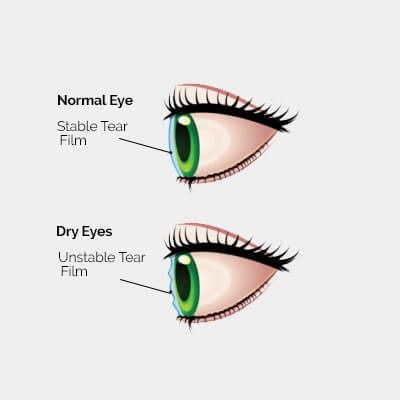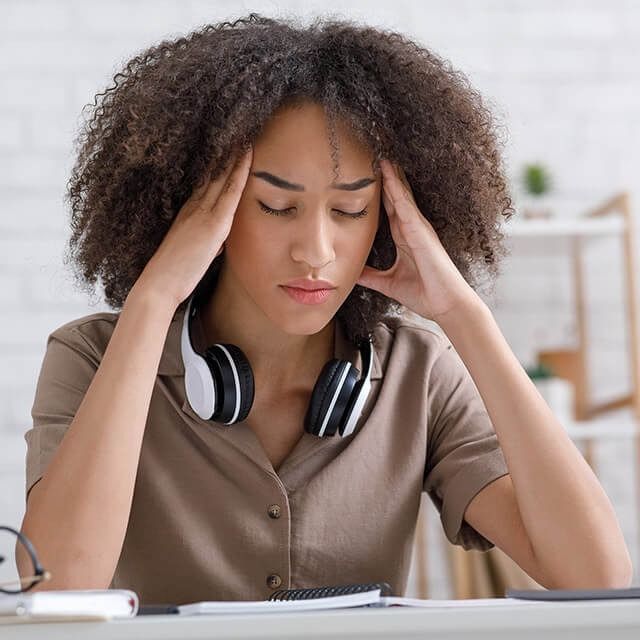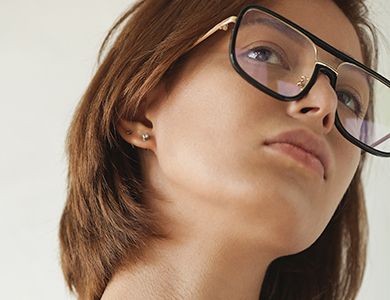Dry Eye Treatment
Do you have teary or watery eyes? Burning, itchiness, or a sandy feeling around your eyelids? You might have dry eye syndrome
What Is Dry Eye Syndrome? (DES)

Dry eye syndrome occurs when tear production and drainage are not in balance. People with dry eyes either do not produce enough tears or their tears are of poor quality. The result? Unpleasant symptoms, including itching, burning, redness, watery eyes, excessive tearing—and even eye pain. Dry eye syndrome can also increase your risk for more serious eye problems like corneal ulcers.
Without treatment or proper medication, DES can worsen over time.
What Causes Dry Eyes?

While over 80% of dry eye cases are due to blocked oil glands in the eyelids — a condition called meibomian gland dysfunction or evaporative dry eye — other factors can also cause this syndrome. These include:
Gender – the majority of dry eye sufferers are women. This tends to be caused by hormonal changes, whether through the use of contraceptives, pregnancy or menopause.
Age – there’s a higher prevalence of DES in those over 50 years of age
Environment – dry wind, dry air and dry climates can evaporate the tears. Home and car heaters, air conditioners, fans and hair dryers also cause tears to evaporate.
Medication – these include antidepressants, decongestants and blood pressure medications.
Auto-immune disorders – Sjogren’s disease and arthritis, among others.
How Do I Know If I Have Dry Eye Syndrome?

Do any of these symptoms seem familiar?
Gritty, itchy, or stinging eyes
Excessive tearing and discharge
Eyes that feel tired or dry
Increased light sensitivity
Regularly using eye drops
Discomfort that worsens as the day progresses
If so, you may have dry eye syndrome. Take our dry eye quiz to find out!
Lasting & Effective Dry Eye Treatment

Our dry eye treatment program is individualized to each patient according to the root cause.
We aim to restore or maintain the normal amount of tears in the eye to minimize dryness and discomfort. Book a consultation with one of our eye doctors, who can prescribe a customized treatment plan to keep your eyes healthy and comfortable all day, every day
Do You Have More Questions About Dry Eyes? | FAQ
Don’t wait for dry eye syndrome to deteriorate. Take action today by booking an appointment with Pupila Family Eye & Ear Care today.
Unfortunately, there is no permanent cure for dry eye syndrome. However, there are a number of effective ways to prevent or treat symptoms. Make an appointment today with our trusted optometrists in Houston for evaluation and personalized treatment options.
Dry eye syndrome commonly occurs because your eyes are not producing enough tears, or the tears being produced don’t contain the proper components to keep the eyes hydrated. An eye doctor can perform tests to determine what is causing your dry eyes, and how to treat the symptoms.
Many factors including allergies, hormones and the weather can cause dry eye symptoms such as dry, red, itchy and gritty-feeling eyes. Tips to prevent these symptoms include:
Eating foods high in omega-3 fatty acids, which help produce oils in your tears that slow evaporation.
Following the ”20-20-20 rule” when working on computers or screens. This means looking away from the screen every 20 minutes, for 20 seconds, at something at least 20 feet away, to give your eyes a break from the strain of working on digital screens.
Position air vents, fans and heaters so that they don’t blow directly into your eyes, drying them out.
Yes. In extreme circumstances, dry eyes can result in scratches on the eye that leaves scars on the cornea. This scarring can make it difficult for the eye to focus incoming light, obscuring vision. This may eventually result in permanent vision damage or blindness if not treated properly.







